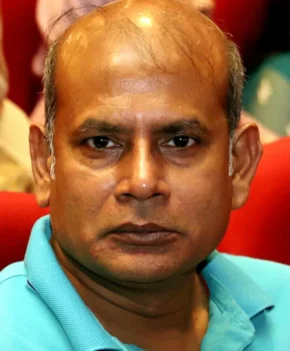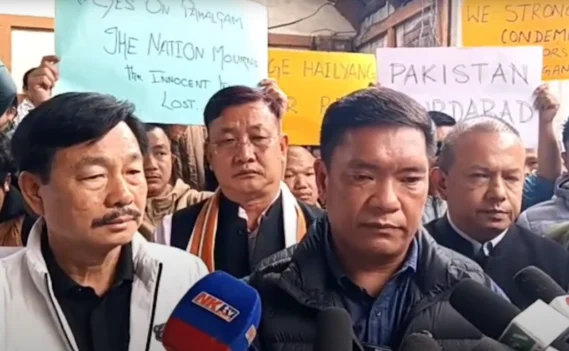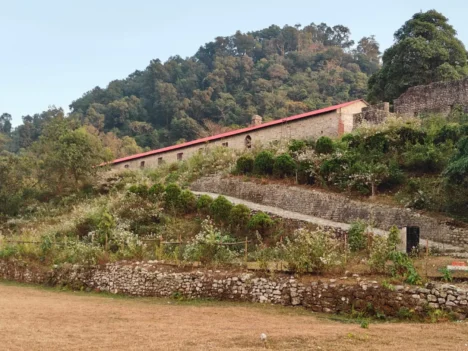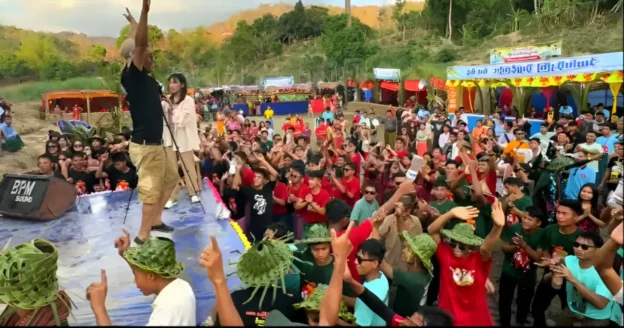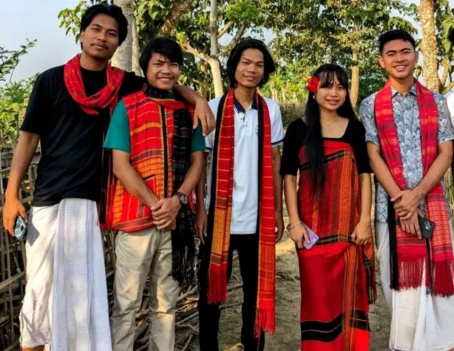In a significant move to promote tourism in the northeastern border states, the Union Ministry of Tourism’s Regional Director in North East, Anil Oraw, has announced substantial simplifications in the process of acquiring Restricted Area Permits (RAP) and Protected Area Permits (PAP) for foreign travelers.
Previously considered a daunting task, the Indian government, in its active pursuit to transform the North East into a prime tourist destination, has now relaxed these restrictive measures.
“In the past, obtaining RAP or PAP was a challenging process, but the Indian government, which is actively promoting the North East as a tourism destination, has relaxed these restrictions,” said Oraw. These permits were notoriously difficult to obtain for foreigners, particularly in states like Arunachal Pradesh, Mizoram, and Nagaland.
Foreign tourists intending to explore certain regions in the North East, especially border states, now have a more convenient option. Oraw emphasised that any foreign traveler can visit these states through organized tours, provided they are arranged by local tour operators based within the respective state. This revised approach aims to facilitate a smoother and more accessible experience for international visitors, with minimal rejection rates. Travelers are encouraged to apply in advance to ensure a hassle-free process.
Moreover, the Indian government is committed to promoting tourism in border areas over the next few years. These regions currently lack significant economic activities or industries, and the government’s plan is to allow tourists to venture up to four kilometers near the borders with China and Myanmar. This move not only boosts tourism but also opens up employment opportunities for the local population. Oraw underlined that the Army is cooperating in this effort, with multiple ministries, including home, defense, and tourism, working collaboratively to enhance border tourism.
Simultaneously, unique features of several villages in the North East have been recognised, such as Kibithu village in Arunachal Pradesh, believed to be where the country’s first sun rays touch the land.
Oraw emphasised the potential for increased cooperation between India and Vietnam in the tourism sector. Despite a lower influx of tourists to India from Vietnam, there is a substantial outflow of Indian tourists to Vietnam. Among Southeast Asian nations, Malaysia currently leads in terms of tourists visiting India, followed by Singapore, Thailand, Myanmar, Indonesia, and then Vietnam, he noted. In an effort to address this imbalance, initiatives are underway to encourage tour operators from Vietnam to explore opportunities in India, particularly in the North East, which has gained popularity among domestic tourists in the post-COVID era.
Oraw further highlighted the growing interest in “green tourism,” with the North East region holding significant potential. In 2021, the North East saw record domestic tourism, with 1.3 crore individuals visiting from other parts of India. This surge in tourism is attributed to the region’s openness, cleanliness, friendly and hospitable people, the availability of facilities including five-star hotels and homestays, and the abundant natural beauty it offers.

